A Myriad of Microclimates
Tenerife is the most extensively planted island in the archipelago, with approximately 65% of all vines in the Canary Islands. The most surprising feature of Tenerife is the diversity of climates found here, with the complication that this can change even within a single region.
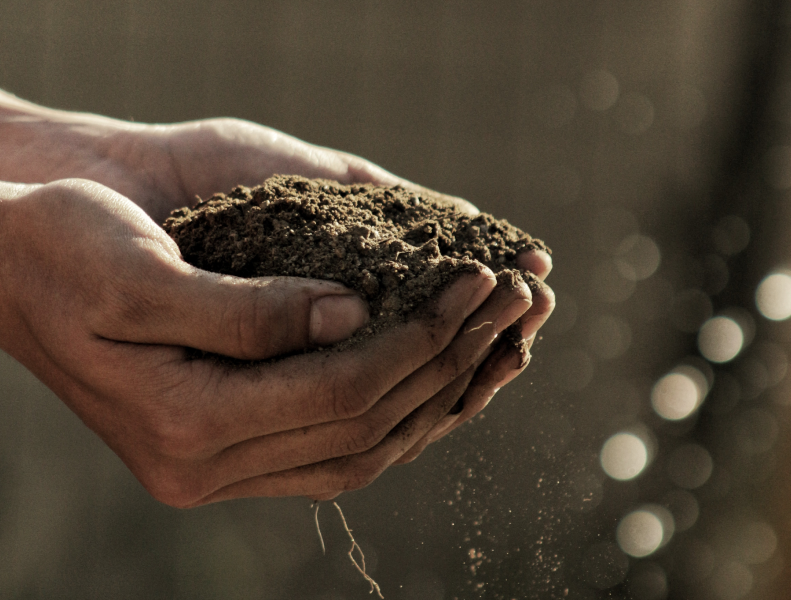
Soil
The volcanic soils of Tenerife are poor and stony, formed from different volcanic events over time…

Climate
Due to its unique geography and the effect of the trade winds, Tenerife has a myriad of microclimates…
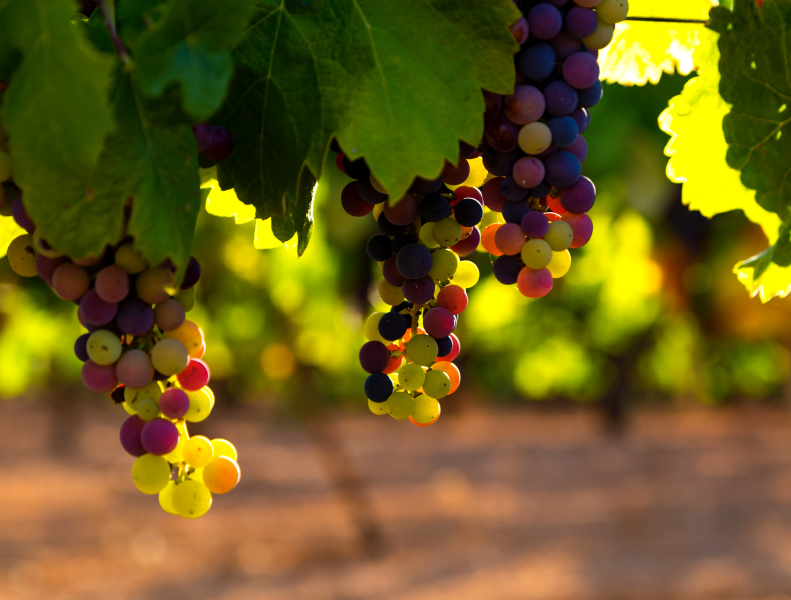
Grape Varieties
Tenerife is the main producer and exporter of Canarian wines. Its vineyards host a rich viticultural heritage…
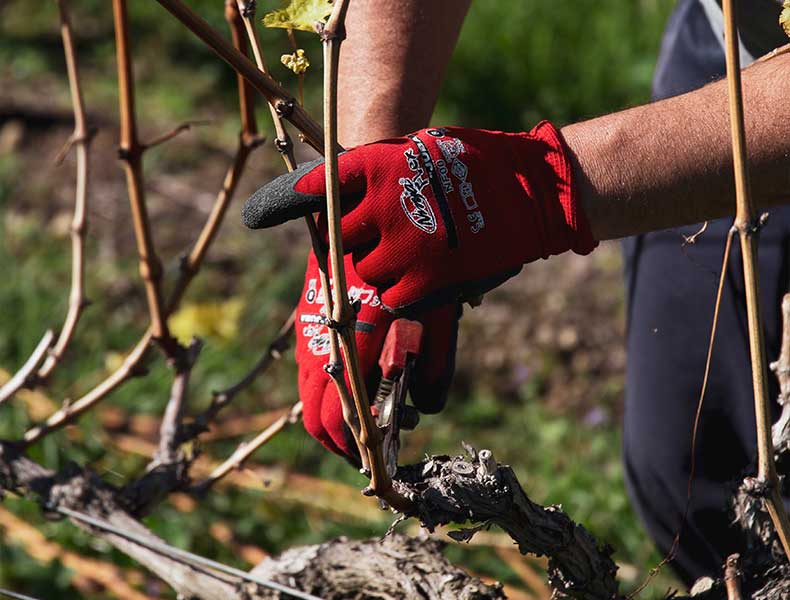
Viticulture
The vineyards of Tenerife are mostly found in both the north and the south of the island. To the north you can find…
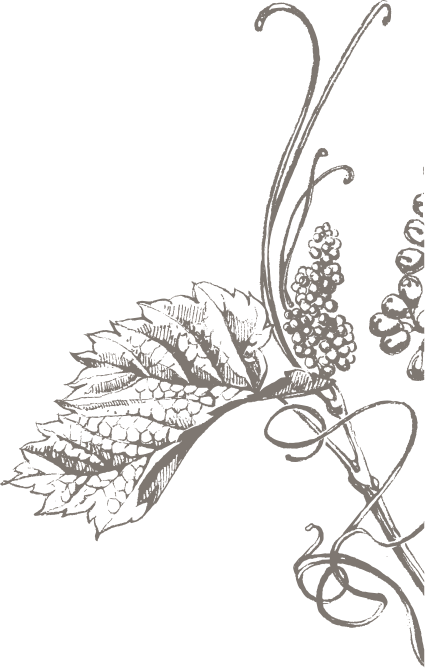

Soil
The volcanic soils of Tenerife are poor and stony, formed from different volcanic events over time. Lapalli, aeolian sands, clay and various other soils can be found across the island. In the north, on the steep slopes of Teide, the soils are mostly red in colour and are rich in organic matter. To the south, sandier soils tend to dominate.
Climate
Due to its unique geography and the effect of the trade winds, Tenerife has a myriad of microclimates. The clearest difference is between the north and the south due to the presence of Teide, the highest peak in Spain, at 3718 meters above sea level, in the center of the island.

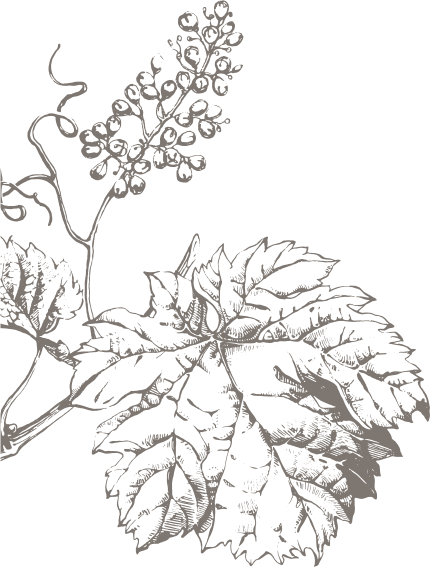
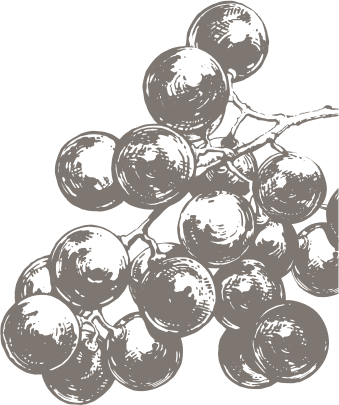

Grape Varieties
Tenerife is the main producer and exporter of Canarian wines. Its vineyards host a rich viticultural heritage, with native vines grown on loam. Malvasia Aromatica is the most famous white grape on the island, used for dry, off-dry and naturally sweet whites. Listán Negro is the most widespread red variety.
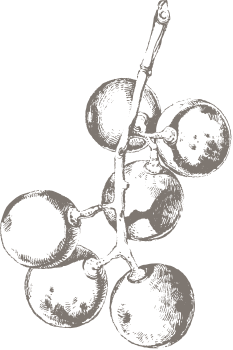
Viticulture
The vineyards of Tenerife are mostly found in both the north and the south of the island. To the north you can find the Cordon Trenzado trellising of the Orotava Valley, Vaso Irregular to the south and low-trellised vineyards across the island.
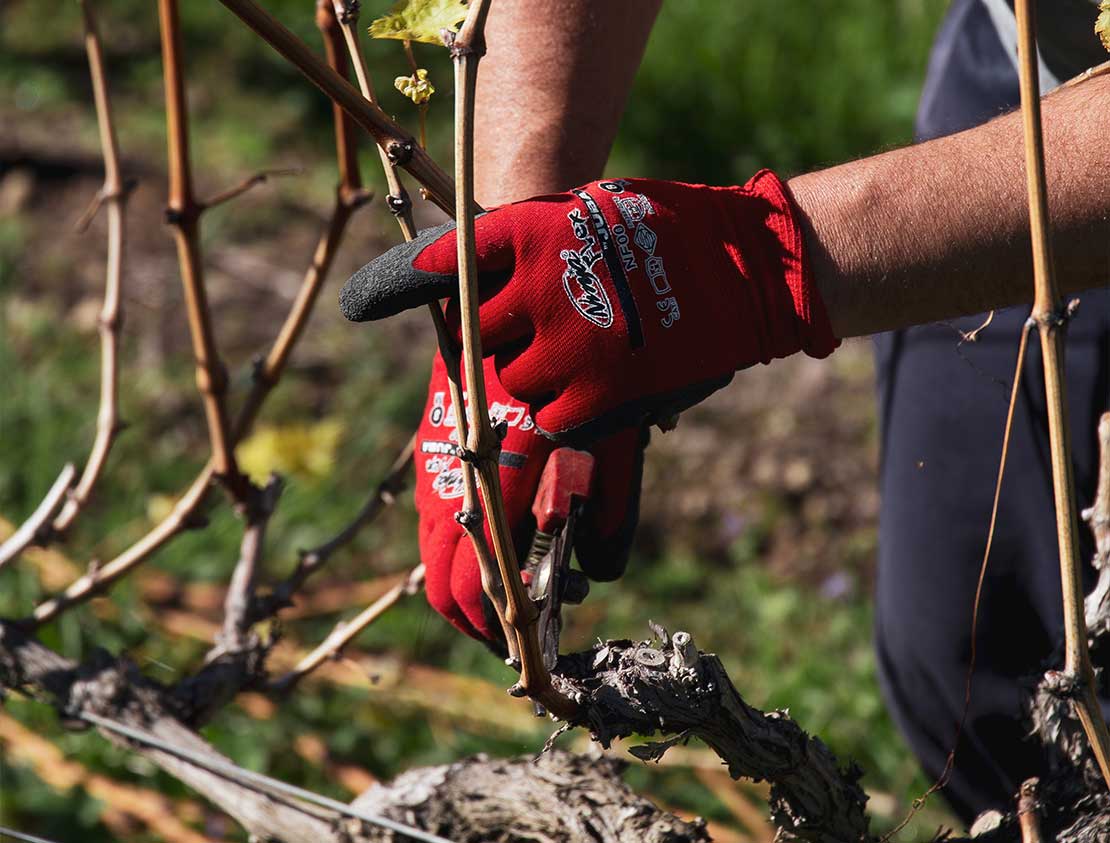
Main Grape Varieties in Tenerife
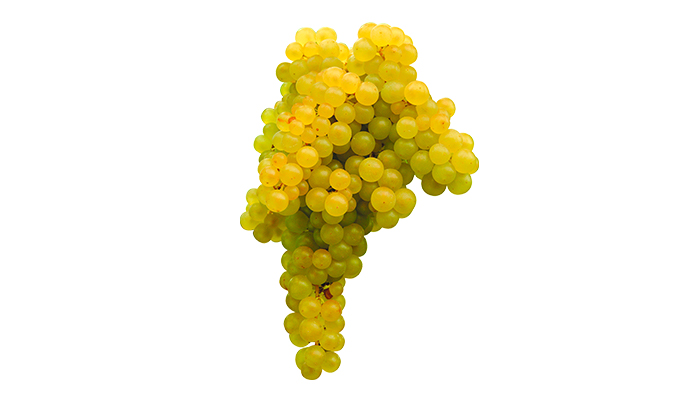
LISTÁN BLANCO
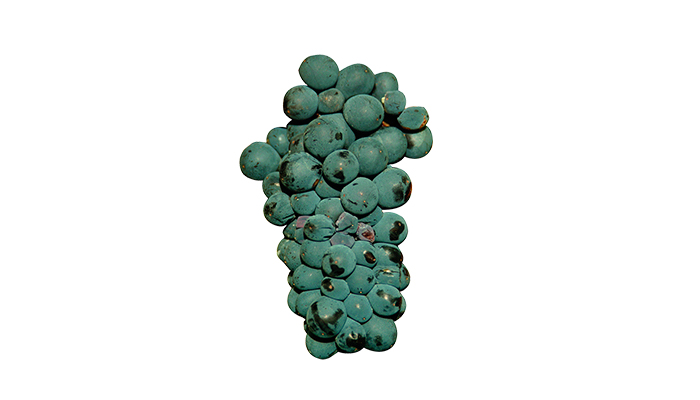
Baboso Negro
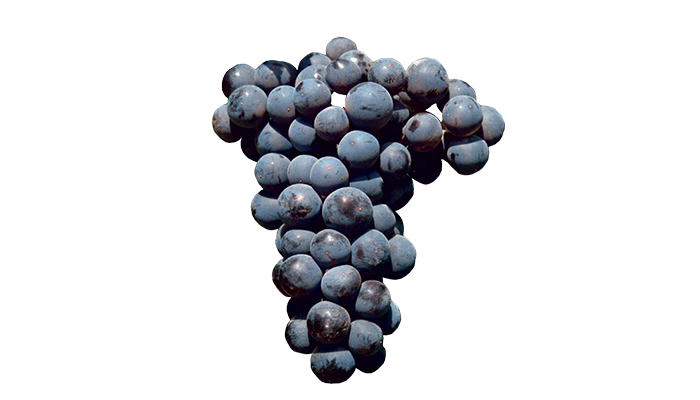
LISTÁN NEGRO
Commonly confused with Listán Prieto, studies show that Listán Negro is actually a natural crossing of Mollar Cano and Palomino Fino. The most planted red variety in the Canary Islands, Listán Negro has a natural affinity with the soils and micro-climates of Tenerife, where it produces strong yields of ripe grapes on its volcanic soils.
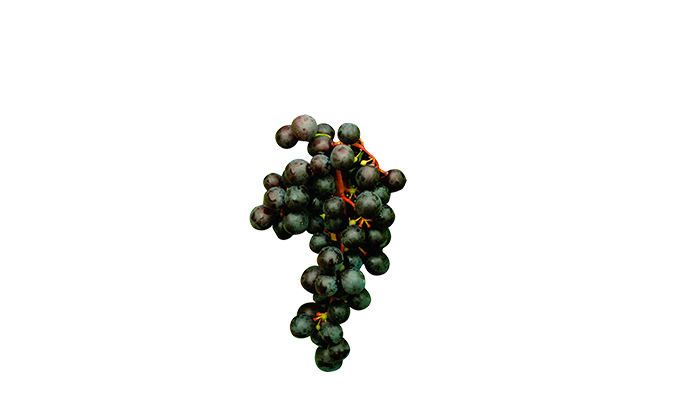
NEGRAMOLL
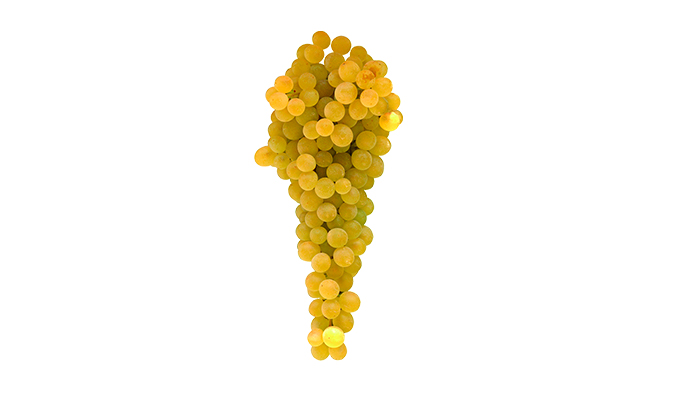
MALVASIA AROMATICA
First introduced to the Canary Islands in the 15th century, is cultivated mainly in Tenerife and La Palma. Malvasía Aromática is at its most intense when produced as a sweet wine from late-harvested grapes.
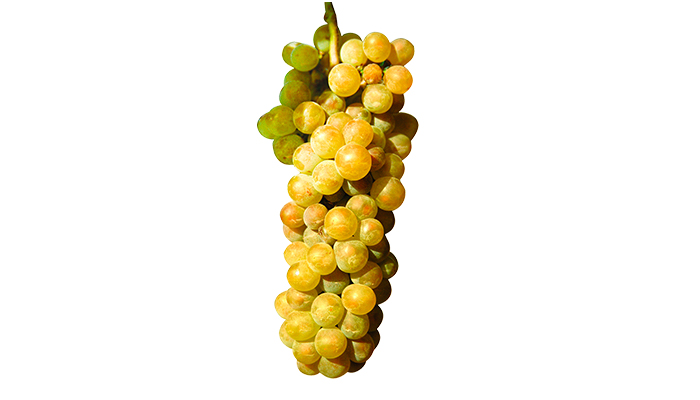
ALBILLO CRIOLLO
A white grape variety that is particularly prized in La Palma, where it’s considered to be the island’s specialty. Increasingly, growers across the whole archipelago are celebrating the potential quality of Albillo Criollo. It´s famously found in Vinos de Tea in La Palma.
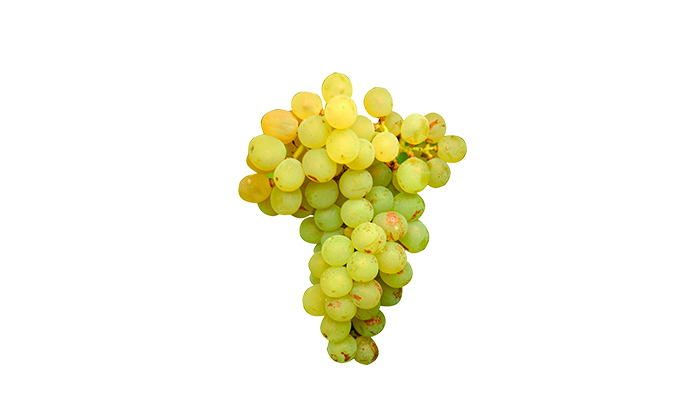
MARMAJUELO
Mostly grown in Tenerife, El Hierro and La Gomera, Marmajuelo is being planted in many new vineyards due to its potential for the production of quality wines. Fragrant and persistent with notably high acidity, these wines can be intense and concentrated.
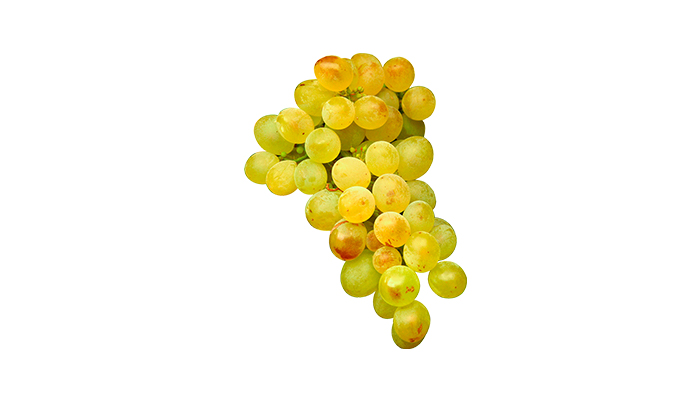
Gual
A white grape variety that arrived in the Canary Islands from Madeira, where it’s more commonly known as Bual. Gual is an early ripening grape variety with medium sized bunches. It tends to be grown at lower altitudes in El Hierro, Tenerife and La Palma.
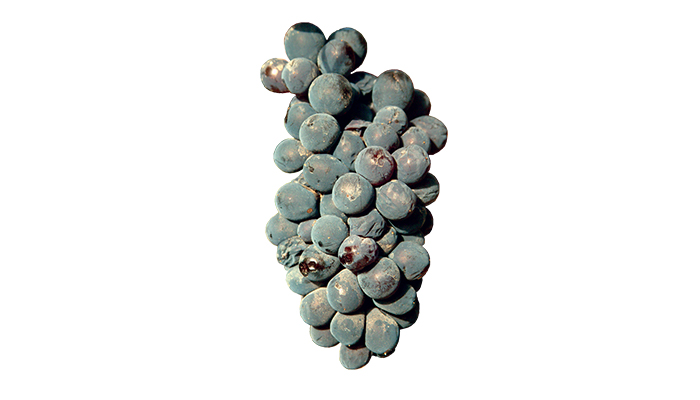
TINTILLA
Tintilla doesn’t appear to have a genetic connection to any other grape in the region. Tintilla is a late ripening variety that produces low yields and tends to be grown at high altitudes; typically higher than 600 metres above sea level. It produces small bunches of grapes with darkly coloured, juicy berries.
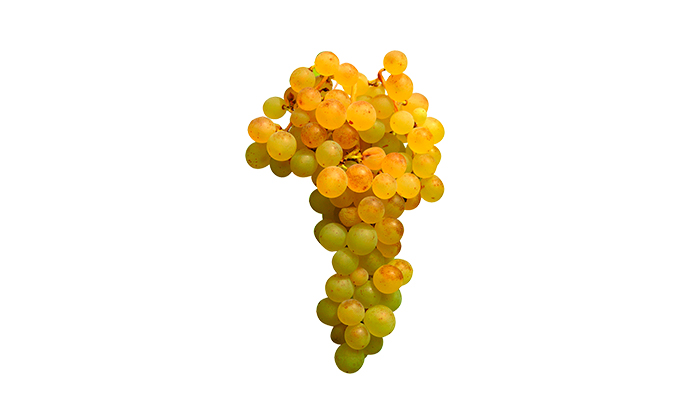
VIJARIEGO BLANCO
When grown in El Hierro, where it is sometimes referred to as Verijadiego, and in the Northwest of Tenerife, it is the most acidic grape variety in the Canary Islands. This grape variety is entirely unique to the islands and has yet to be found anywhere else in the world.
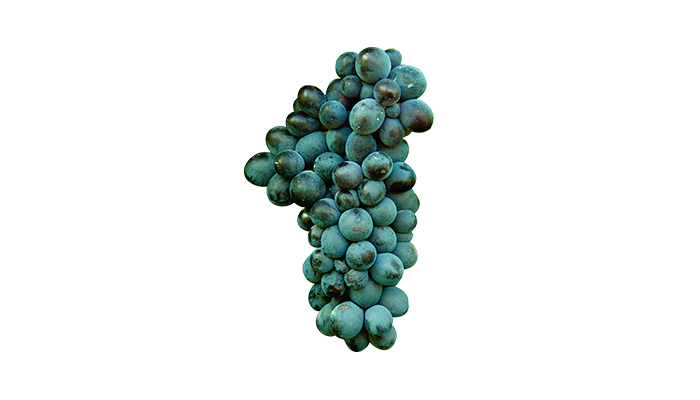
VIJARIEGO NEGRO
Historically linked to vineyards in El Hierro, this grape variety is the same as Sumoll in Catalonia, and due to its adaptable nature it can be found throughout the Canary Islands. Despite this, Vijariego Negro tends to prefer cooler vineyards sites.




| The management of the DOP ISLAS CANARIAS carried out by AVIBO is partially financed by the Government of the Canary Islands with funds from the expenditure budget of the Instituto Canario de Calidad Agroalimentaria |
 |
| Member of the Spanish Wine Federation |
 |
Copyright 2021 DOP Islas Canarias - Canary Wine - Aviso Legal - Política de Cookies - Política de Privacidad


